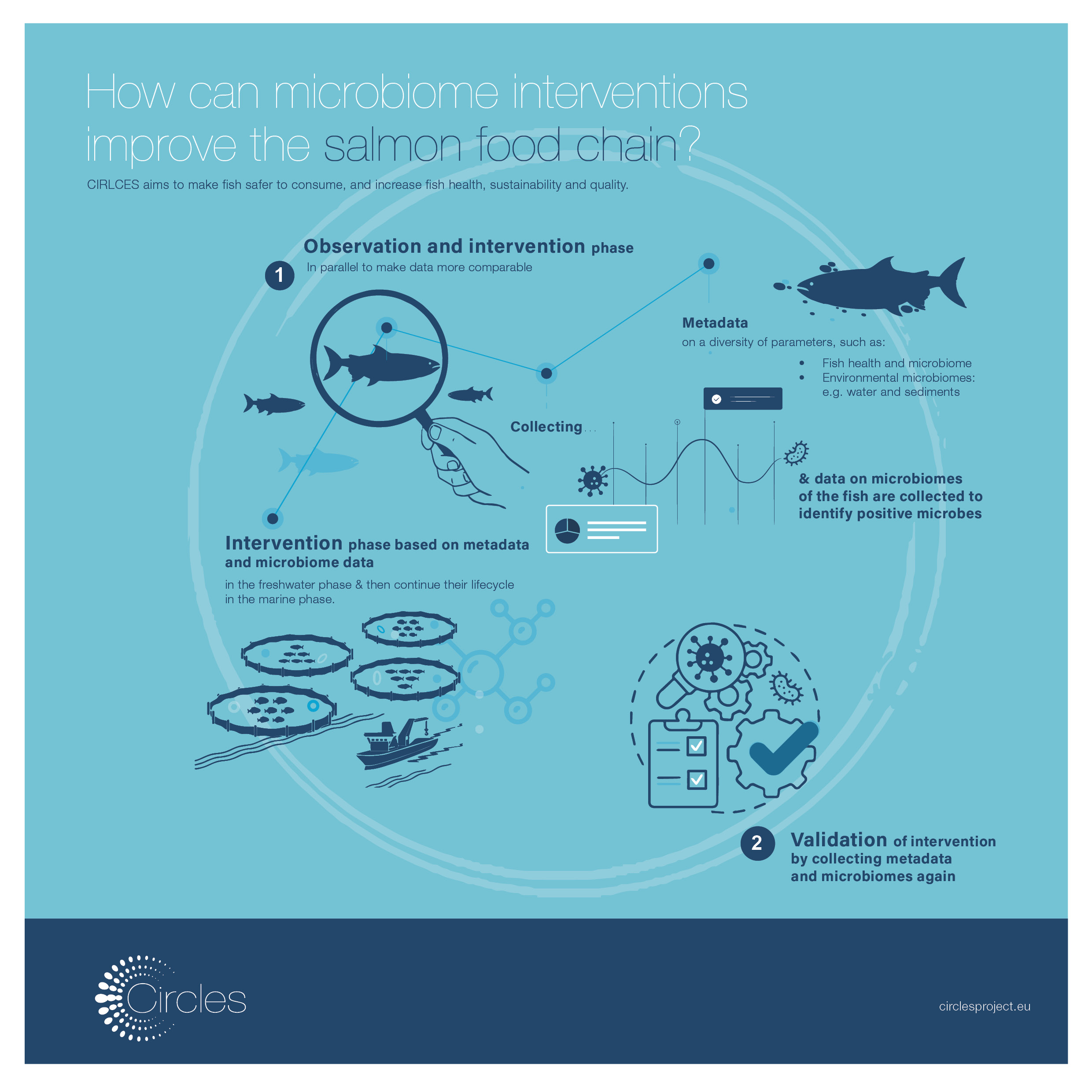CIRCLES partners have published a perspective on ‘Microbiome Research: Open Communication Today, Microbiome Applications in the Future’ to inspire and encourage microbiome researchers to share their microbiome insights with the wider public, and help balance the public conversation on the topic. In the article the authors are arguing why they can and should contribute to a balanced debate in the public sphere which in itself is not new. However, the authors provide clear examples on how this is being done in CIRCLES as inspiration. Further, they highlight a number of benefits to researchers for their efforts.
For instance, did you know that:
- ‘Tweetations’ (the number of times your article is mentioned on Twitter) indicates how often your article gets cited in the scientific literature with a few weeks and months delay?
- Funding bodies are considering taking into account your public engagement track record in future funding calls?
With the microbiome being a hot topic in the public sphere, this is an ideal moment to explore how you can get engaged. Be it by maintaining an active social media account that shares scientifically accurate, yet jargon free short messages on the microbiome or joining science cafes or science festivals with groovy microbe agar art, now is your time!
So, are you communicating your microbiome research consistently with the outside world yet?
If yes, share it with us by tagging @SciFoodHealth (Twitter) or @Microbes4Life (Instagram), and use #CIRCLESEU so that we can exchange, share and raise awareness on the big potential of small microbes.
Please reference it as: Schelkle, B.; Galland, Q., on behalf of the CIRCLES Consortium ; Microbiome Research: Open Communication Today, Microbiome Applications in the Future. Microorganisms 2020, 8, 1960.






